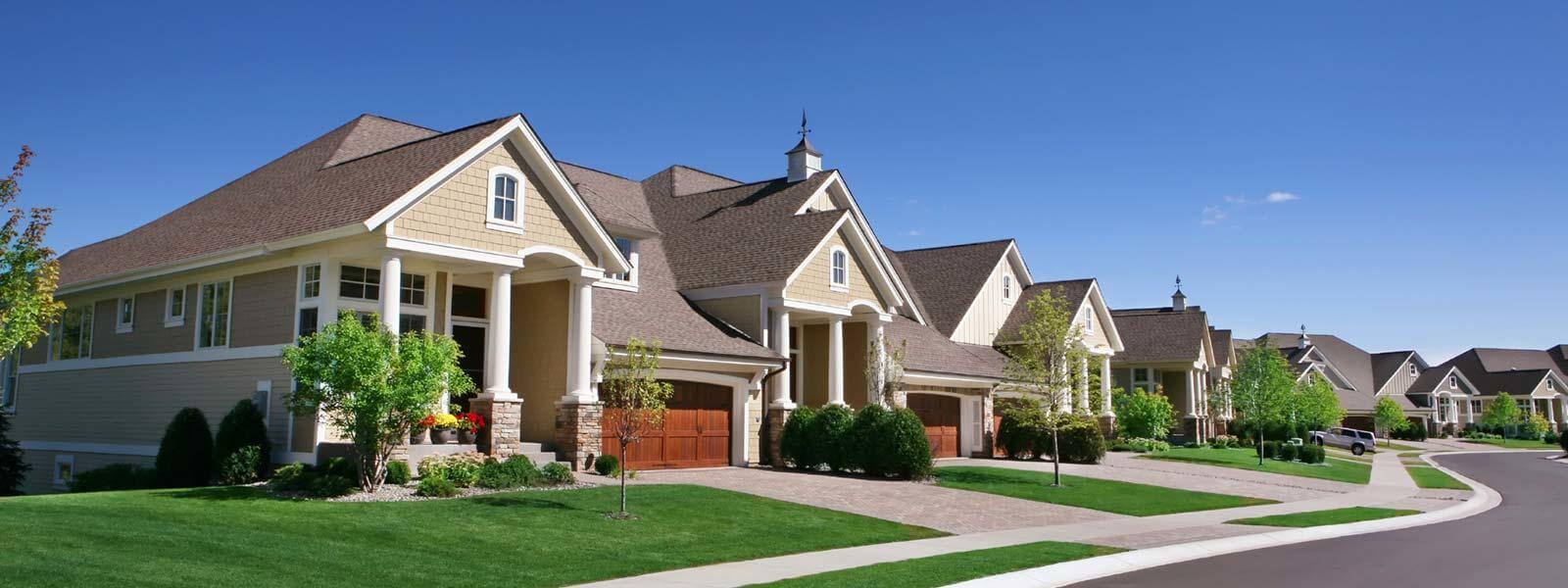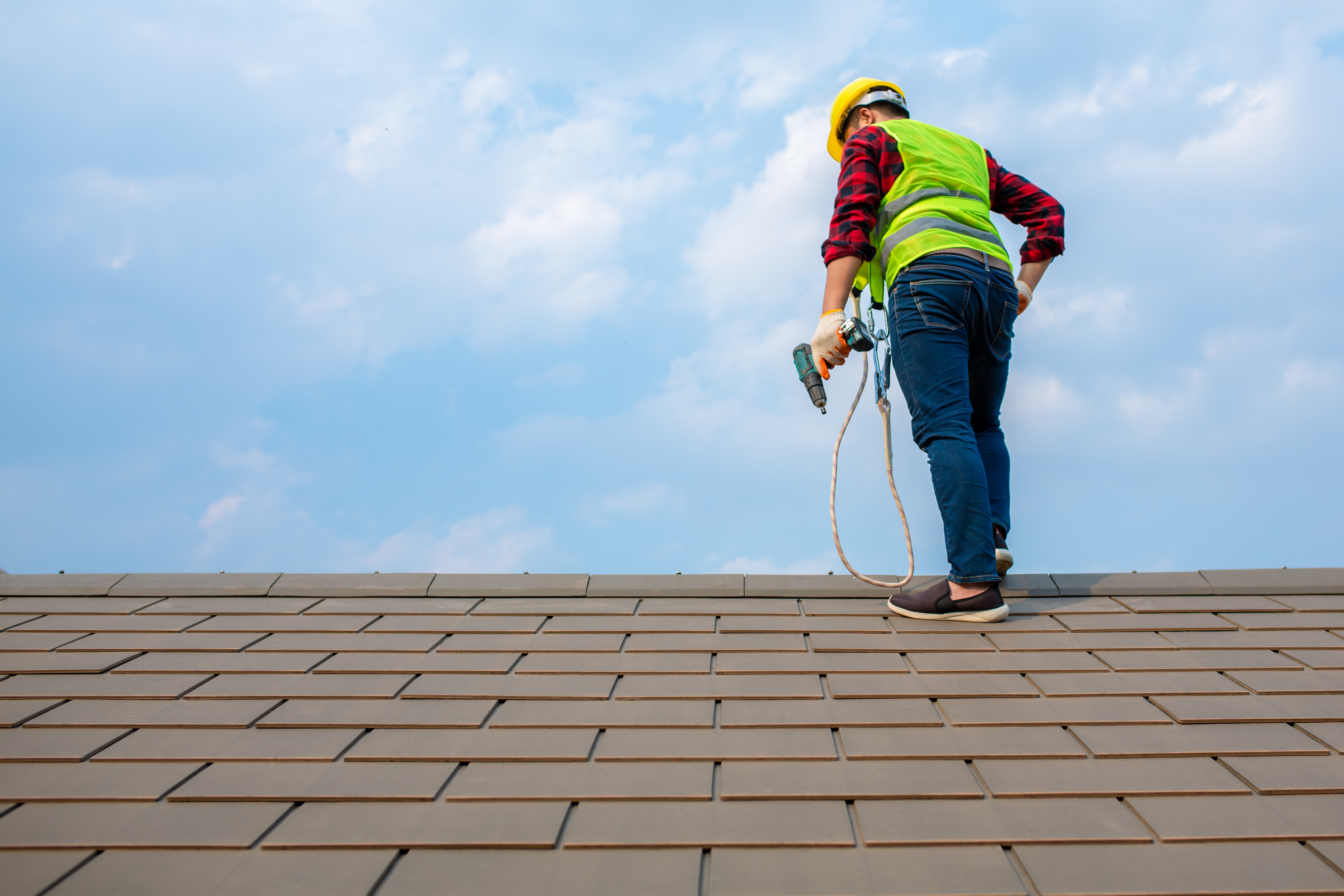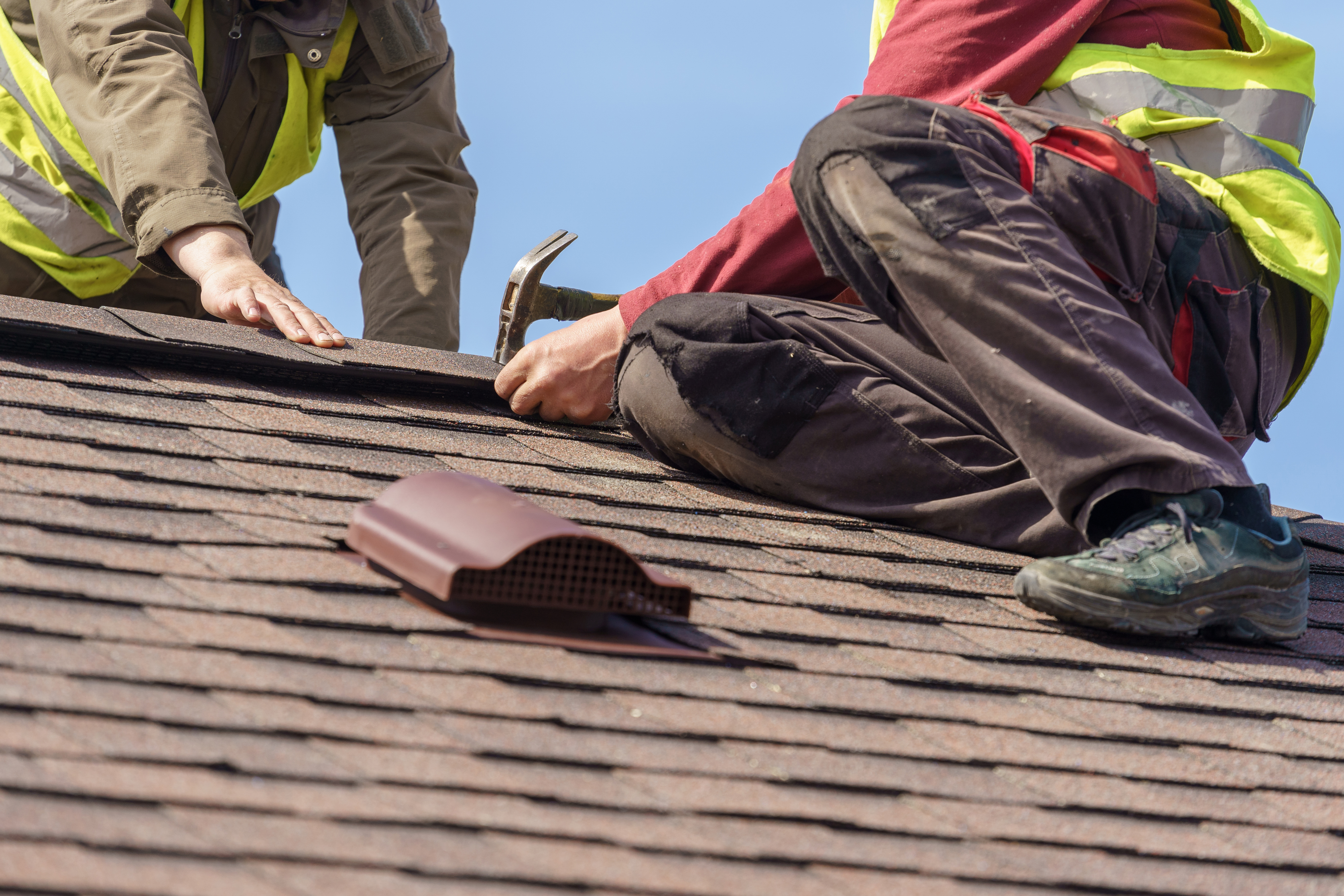As Dickens famously introduced “A Tale Of Two Cities,” “It was the best of times, it was the worst of times,” the recent storms in El Paso and Teller counties have truly revealed the best and worst – in roofers and insurance adjusters.
While the scams by roofers are many and are well documented in the news media, flying under the radar are scams by insurance adjusters. Yes, you read that right. Insurance adjusters are also trying to take advantage of the catastrophic losses here and are making hay in Colorado Springs in 2018.
Many insurance companies will use subcontractor adjusters when there’s a large volume of claims to handle because they don’t normally have enough adjusters “on the ground” when a catastrophe hits an area. Not every insurance company compensates their subcontracted adjusters the same way, but there’s one notable, glaring conflict of interest in the way at least one company does it. This one insurance company pays a flat fee to the adjuster if he has to deny a claim. The flat fee ranges between $65 and $100, depending on several factors. If the adjuster accepts a claim, the insurance company pays him or her a percentage of the claim amount. This bizarre way of paying an adjuster actually incentivizes the adjusters to falsify claims.

Here is one recent example that I got involved in. One of our clients lives on the side of Cheyenne Mountain close to the area that got pounded by the August 6th hail storm, so they called their insurance company to ask for a roof inspection. The adjuster that arrived at the home did his inspection and then told the owners that their roof was “compromised” and should be replaced. This home has a large, impact resistant asphalt shingle roof with 2 sections of metal porch awnings. The adjuster even showed the homeowners photos showing the damage he (supposedly) found on their roof.
The homeowners, who have been our clients since they purchased this home, called me to inspect the roof and provide my opinion. Keep in mind that normally adjusters look for ways to NOT find damage if possible, so my initial comment was that if the adjuster has already found damage, it would not be necessary for me to inspect it. I climbed the ladder to begin collecting my information to be able to provide the insurance company and homeowners with an estimate for a full replacement, and to my surprise, I couldn’t find any hail bruises. Even the soft metals on the vent caps and box vents had no dents. This is a very large roof which we installed in 2014, using an impact resistant shingle, so I got down on my knees to make sure I wasn’t missing anything. On the entire 3500 square foot roof, I found 2 hail bruises in the shingles!
I got off the roof and told the homeowners my findings, and that’s when we started discussing the fact that the adjuster was a subcontractor. Now things were making more sense. It appeared that the adjuster was hoping to cash in on an expensive roof replacement. I told the owners that they should immediately call their insurance company and withdraw their claim. The fact that they have a $12,000 deductible was even more incentive to see them not have to replace their roof unnecessarily.
The homeowners called the insurance company to tell them about our findings and the insurance company assigned a 2nd adjuster to come back to the house to review the claim. He called me to arrange a time to meet at the house and thankfully it was an adjuster with whom I am familiar. I explained the situation to him and his comment was, “Normally it’s a roofer trying to convince the adjusters that the roof needs to be replaced, not the other way around!”
When he re-inspected the roof, he agreed with my opinion that it did not need replacement. This saved the homeowners an unnecessary claim on their record to replace a perfectly good roof, and it saved them a $12,000 expense for their deductible. The claim was withdrawn and everyone lived happily ever after. Unfortunately this was the second roof I inspected this summer that had a false claim made by the adjuster. The other homeowner had a $6000 deductible and he chose another roofing contractor to replace his roof. Both of these false claims were from the same insurance company.
How Do Adjusters Falsely Approve Claims?
You may be wondering how an insurance adjuster can falsify a claim for a damaged roof. This adjuster showed the homeowner photos of damage and they also have to submit those same photos to the insurance companies to justify their findings. Here’s what one subcontractor adjuster told me back in 2011 when I learned about all of this.
Many of the unscrupulous adjusters have a stock library of hail damaged shingles and accessories. Whenever they want, they can download photos of damaged shingles that match the color of the shingles of the roof they’re inspecting so that it looks like there is damage on the roof when there actually isn’t. Other times, if there is a little bit of damage, but not enough for a full replacement claim, they’ll simply photograph the same hail bruise from several different angles so that it appears like there’s more damage than there really is.
Why Would Adjusters Falsely Approve Claims?
Remember that if these adjusters deny a claim because there is no damage, they stand to only earn $65 - $100 for the time they spent driving to the house, doing their inspection, and writing up their report. If, on the other hand, they accept a claim and can get it passed through the insurance company, they may profit a few to several hundred dollars – maybe even more! The insurance company is basically providing a financial incentive to the adjusters to file false claims, as if there weren’t enough problems with roofing contractors and even homeowners doing the same thing.





